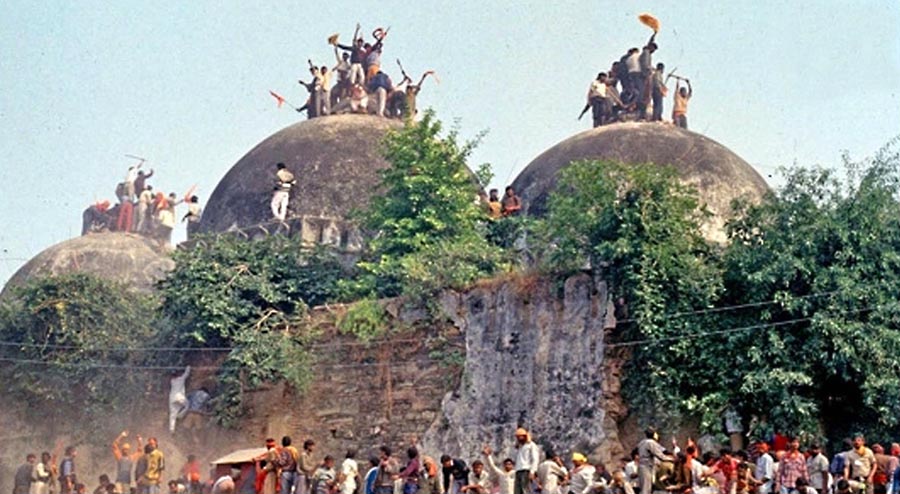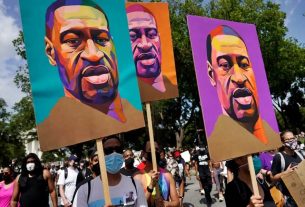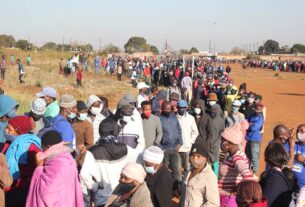BABRI MASJID-RAM MANDIR: ALL YOU NEED TO KNOW ABOUT THE LONG-STANDING DISPUTE
Thu 07 November 2019:
The Ayodhya dispute is at the heart of the Hindu-Muslim communal rift. For more than half a century, the dispute has fuelled mass polarisation in the state and has prompted the country’s worst spate of religious violence since the Partition. The dispute has been a subject of inciting political rhetoric.
But what is the decades-long dispute all about? Here is all you need to know about it:
The dispute is about a plot of land measuring 2.77 acres in the city of Ayodhya in Uttar Pradesh, which houses the Babri mosque and Ram Janmabhoomi. This particular piece of land is considered sacred among Hindus as it is believed to be the birthplace of Lord Ram, one of the most revered deities of the religion. Muslims argue that the land houses the Babri mosque, where they had offered prayers for years before the dispute.
The dispute arises over whether the mosque was built on top of a Ram temple – after demolishing or modifying it in the 16th century. Muslims, on the other hand, say that the mosque is their sacred religious place – built by Mir Baqi in 1528 – and that Hindus desecrated it in 1949, when some people placed idols of Lord Ram inside the mosque, under the cover of darkness.
The dispute over this piece of land has defined and then redefined state politics outfits and influenced the mindsets of people throughout the country. Spanning across half a millennium, it predates empires – Mughal and British – and now even threatens to disrupt the fabric of modern India.

A Google Maps screengrap of the disputed land in Ayodhya.
The dispute erupted and escalated into full blown violence in 1992, when around two lakh karsevaks (volunteers to a religious cause) demolished the Babri mosque, inciting communal riots across the country. More than 1,000 people were killed in these riots. Twenty-five years have passed since the demolition of the Babri mosque but it has left a lasting impact on the socio-political fabric of India.
What prompted the conflict?
In December, 1949, statues of Ram and Sita were placed inside the mosque. The idols were placed in order to stake claim and convert the existing mosque into the Ram temple. Then then prime minister, Jawaharlal Nehru, reached out to the then Uttar Pradesh chief minister, GB Pant, asking him to address the issue and remove the idols as “a dangerous example is being set there.”
But many Hindu nationalist leaders quickly dismissed Nehru’s concerns and declined requests to remove the idols. Following this dispute, the gates of the mosque were locked and remained shut for the next 40 years.
In 1989, Nehru’s grandson Rajiv Gandhi, in an attempt to appease voter-sentiment, ordered for the gates to be reopened. In retaliation, many of the BJP’s Hindutva brigade leaders, along with RSS, VHP and Bajrang Dal workers, ran campaigns to rebuild the Ram temple. The campaign wave escalated over the next three years until 6 December, 1992, when LK Advani organised a rath yatra to Ayodhya, culminating in the demolition of the 400-year-old mosque.

File image showing Hindu fundamentalists attacking the wall of the 16th century Babri Masjid Mosque with iron rods at a disputed holy site in the city of Ayodhya. AFP

Hindu youths clamour atop the 16th century Muslim Babri Mosque in this 6 December, 1992, file image. AFP
What did the courts say?
Just ten days after the incident, on 16 December, 1992, the government established the Liberhan Commission of India to investigate the demolition of the Babri Mosque. The report found many BJP leaders culpable including Atal Bihari Vajpayee, LK Advani, Murli Manohar Joshi, Kalyan Singh, Pramod Mahajan, Uma Bharti and Vijayaraje Scindia, as well as VHP leaders like Giriraj Kishore and Ashok Singhal.
On Tuesday, the Supreme Court has asked for ‘an amicable, out-of-court settlement’ in the dispute. A bench comprising Chief Justice Jagdish Singh Khehar, Justice DY Chandrachud and Justice Sanjay Kishan Kaul said that they believed this ‘to be a better course of action than insisting on a judicial pronouncement.’
Back in 2010, the Allahabad High Court had said that there should be a partition of the Ayodhya land between the two parties. BJP leader Subramanian Swamy had urged the apex court to hear a batch of petitions challenging the Allahabad High Court order. The SC has asked Swamy to consult the parties and mention the matter on or before 31 March.
The Allahabad High Court’s ruling had stated that the ‘disputed land was Ram’s birthplace’, that the ‘mosque was built after the demolition of a temple’ and that ‘it was not built in accordance with the tenets of Islam’. It had ruled that the disputed land would be divided into three equal parts – one-third going to the Ram Lalla, for the construction of the Ram temple; one-third going to the Islamic Sunni Waqf Board and the remaining to Nirmohi Akhara, a Hindu religious denomination.
Here is a timeline of the long-standing dispute:
Think your friends would be interested? Share this story!





